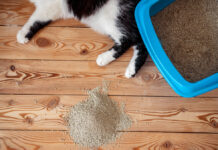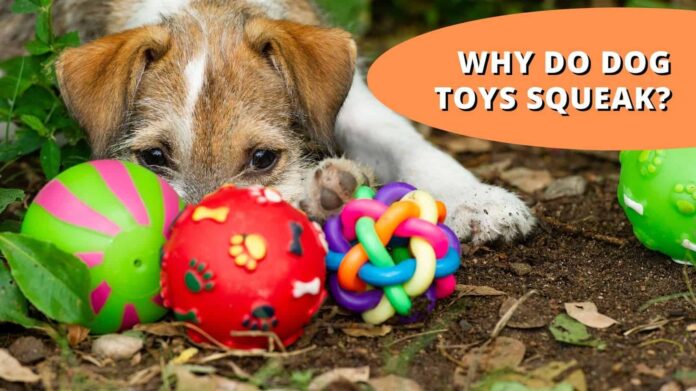Ever wondered why are there squeakers in dog toys? That squeaky sound that drives humans crazy but makes our furry friends go absolutely bonkers has a fascinating explanation rooted in their predatory instincts. Let’s dive into the psychology behind these noisy playthings and discover why manufacturers keep adding those irresistible squeakers.
The Primal Connection: Understanding Your Dog’s Instincts
Dogs, despite being our adorable companions, still carry their ancestral hunting instincts. When they hear that high-pitched squeak from their toys, it triggers something deep within their DNA. For more insights about dog behavior and training tips, check out these helpful dog care guides.
The Science Behind the Squeak
-
Prey Drive Activation
- Squeakers mimic the sound of small prey animals
- Triggers natural hunting responses
- Creates excitement and engagement
-
Positive Reinforcement
- Each squeak provides instant feedback
- Makes play more interactive
- Rewards your dog’s natural behaviors
Benefits of Squeaky Toys
As noted by Pet like boss squeaky toys offer numerous advantages for our four-legged friends
-
Mental Stimulation
- Keeps dogs engaged
- Prevents boredom
- Exercises problem-solving skills
-
Physical Exercise
- Encourages active play
- Promotes healthy movement
- Burns excess energy
-
Emotional Benefits
- Reduces anxiety
- Provides comfort
- Builds confidence
Choosing the Right Squeaky Toy
Not all squeaky toys are created equal. Here’s what to consider:
Safety First
- Durability of materials
- Size appropriate for your dog
- Quality of squeaker mechanism
Types of Squeaky Toys
- Plush toys
- Rubber toys
- Combination toys
- Interactive puzzles
Common Concerns About Squeaky Toys
Noise Level
- Indoor vs. outdoor use
- Multiple squeaker options
- Volume control features
Durability Issues
- Material strength
- Replacement options
- Cost-effectiveness
Tips for Using Squeaky Toys Effectively
-
Supervised Play
- Monitor toy condition
- Prevent destructive behavior
- Ensure safe play
-
Rotation Schedule
- Maintain interest
- Extend toy life
- Variety in play
-
Training Opportunities
- Use as rewards
- Teaching fetch
- Behavioral conditioning
When to Replace Squeaky Toys
Keep an eye out for:- Torn or damaged parts- Loose squeakers- Worn-out materials- Signs of excessive wear
Making the Most of Playtime
Structured Play Sessions
- Set specific play times
- Use as training rewards
- Incorporate into exercise routines
Interactive Games
- Hide and seek
- Fetch variations
- Tug-of-war (with appropriate toys)
The Future of Dog Toys
Manufacturers continue to innovate with:- Smart squeakers- Durable materials- Interactive features- Safety improvements
Understanding why are there squeakers in dog toys helps us appreciate these noisy but beloved playthings. They’re not just random noise-makers but carefully designed tools that tap into our dogs’ natural instincts while providing mental and physical stimulation.
FAQs
Q: Are squeaky toys safe for all dogs?A: While generally safe, supervision is recommended, especially for aggressive chewers.
Q: How often should I replace squeaky toys?A: Replace when showing signs of wear or damage, typically every 1-3 months.
Q: Can squeaky toys be too stimulating?A: Yes, some dogs may become overexcited. Monitor your dog’s reaction and adjust playtime accordingly.
Q: Are there silent alternatives to squeaky toys?A: Yes, many manufacturers offer quiet or crinkle toys as alternatives.
Q: Should I let my dog “kill” the squeaker?A: While it’s natural behavior, prevent them from ingesting any parts.
Remember, every dog is unique, so what works for one might not work for another. Pay attention to your furry friend’s preferences and always prioritize safety during playtime. Whether your pup is gentle or rough with their toys, understanding their natural instincts helps us provide better care and enrichment through play.












